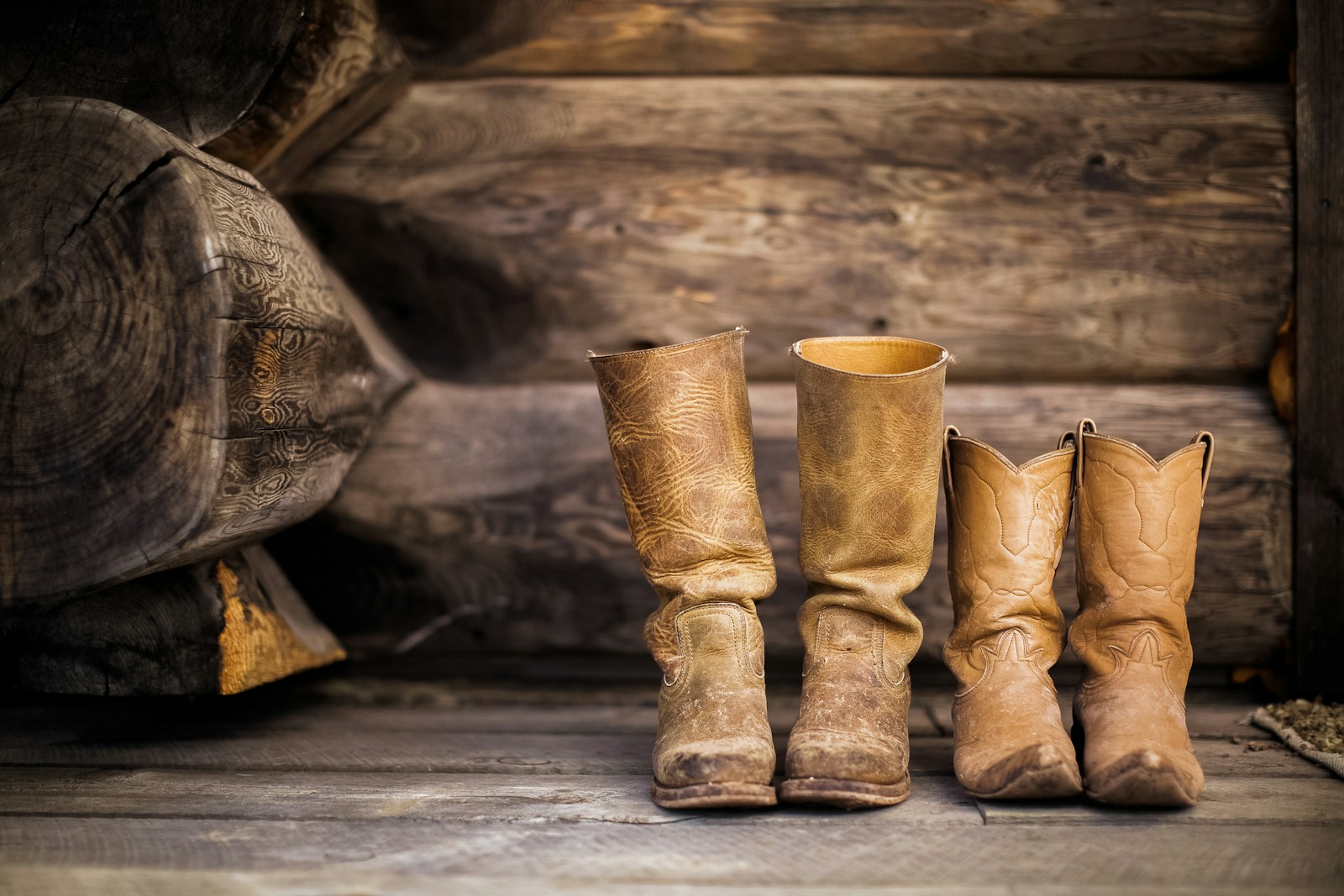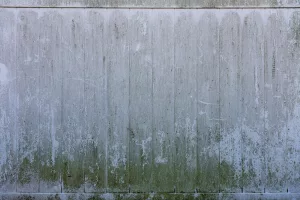Shoe scuffs are an inevitable part of daily wear, but they don’t have to be a permanent fixture on your footwear. Whether from an accidental scrape against a rough surface or the regular to-and-fro of daily activities, these marks can detract from the appearance of your shoes, making them look older and more worn than they actually are. But there’s good news: you don’t need to resort to professional shoe repair services or specialized products to tackle this common issue. Your home is likely filled with a treasure trove of simple, everyday items that can effectively address those unsightly scuff marks. From the pantry to the bathroom cabinet, these household staples offer practical and cost-effective solutions to restore your shoes to their former glory. Not only are these methods easy to apply, but they also provide an eco-friendly alternative to harsh chemical cleaners, ensuring you can spruce up your shoes without negatively impacting the environment. In the following list, we’ll explore a variety of these ingenious hacks that range from using baking soda and vinegar to more unexpected items like petroleum jelly and toothpaste. Each method is designed to be gentle on your shoes while tough on scuffs, ensuring you can clean and maintain your footwear with confidence. Whether you’re dealing with delicate leather pumps, sturdy boots, or casual sneakers, there’s a solution here to suit every shoe type and material. So before you consider tossing out a scuffed pair or investing in costly repair services, try these effective, DIY approaches to removing those stubborn marks and bringing a renewed sense of shine and cleanliness to your cherished shoes.
Baking Soda and Water
Let’s start with a classic cleaning duo: baking soda and water. Mix a small amount of baking soda with water to create a paste. Gently rub the paste onto the scuffed area using a soft cloth or toothbrush. The mild abrasive nature of baking soda helps lift the scuff marks without damaging the material of the shoe. Wipe away the paste with a damp cloth, and repeat if necessary until the scuff is completely gone. This method is gentle yet effective, making it suitable for various types of shoes.
Tips for Best Results:
- Test First: Always test on a small, inconspicuous area first to ensure no discoloration.
- Use Circular Motions: This helps to evenly distribute pressure and reduce the risk of damage.
Vinegar and Olive Oil
Combine equal parts vinegar and olive oil in a small bowl. The acidic properties of vinegar work to break down the scuff marks, while the olive oil helps to nourish and condition the leather, restoring its luster. Dip a cloth into the mixture and gently buff the scuff marks on the shoes. The combination of these two household items not only removes scuffs but also helps prolong the life of your leather shoes.
Additional Benefits:
- Leather Conditioning: Olive oil can help maintain the suppleness of leather, preventing cracks.
- Natural Shine: Vinegar adds a natural shine to the leather, enhancing its appearance.
Toothpaste
Apply a small amount of non-gel toothpaste to a soft cloth and gently rub it onto the scuffed area in a circular motion. The gentle abrasiveness of the toothpaste helps to lift the scuff marks without causing any damage to the shoe’s surface. Wipe away the toothpaste with a damp cloth and repeat the process until the scuff is no longer visible. This method is quick, easy, and readily available in most households.
Key Considerations:
- Avoid Gel Toothpaste: These formulations might not have the necessary grit to remove scuffs.
- Rinse Thoroughly: Ensure all toothpaste residues are removed to prevent white streaks.
Rubber Eraser
If the scuff marks are on rubber soles or other non-leather materials, a rubber eraser can work wonders. The eraser’s texture helps to lift off scuff marks without leaving any residue behind. Simply rub the eraser over the scuff marks until they lift off, revealing a clean surface underneath. This method is particularly effective for sneakers and casual shoes with rubber components.
Practical Example:
- Sneaker Rescue: For example, if your favorite white sneakers have scuffs on the rubber toe cap, an eraser can restore them to like-new condition.
Baking Soda and Lemon Juice
If you’re dealing with white scuff marks on dark shoes, make a paste using baking soda and lemon juice. The bleaching properties of lemon juice, combined with the gentle abrasiveness of baking soda, help to tackle tough scuff marks effectively. Apply the paste to the scuffed area, let it sit for a few minutes to allow the ingredients to work their magic, then gently scrub the area with a soft cloth. Rinse off any residue with a damp cloth to reveal scuff-free shoes.
Step-by-Step Guide:
- Mix Paste: Combine 1 tablespoon of baking soda with 1 teaspoon of lemon juice.
- Apply Paste: Use a soft cloth to apply the paste directly onto the scuff.
- Let Sit: Allow the mixture to sit for 5 minutes.
- Buff Gently: Use a clean cloth to buff the area in circular motions.
Petroleum Jelly
Petroleum jelly is not just for skincare – it can also help remove scuff marks from shoes. Apply a small amount of petroleum jelly to the scuffed area and rub it in gently with a soft cloth. The jelly’s lubricating properties help to soften and lift the scuff marks, making them easier to wipe away. After rubbing, wipe off the excess jelly with a clean cloth. This method is particularly useful for shiny or patent leather shoes, as it also adds a bit of shine to the surface.
Professional Tip:
- Use Sparingly: Too much jelly can make the shoe surface slippery, so a little goes a long way.
Nail Polish Remover
For tougher scuff marks on leather shoes, nail polish remover can be an effective solution. Dampen a cotton ball with a small amount of acetone-free nail polish remover and gently dab it on the scuffed area. The solvent helps to break down the marks without damaging the leather. Be sure to use this method sparingly and in a well-ventilated area, as nail polish remover can be harsh on some materials. After applying, wipe the area clean with a damp cloth.
Safety Precautions:
- Choose Acetone-Free: Acetone can be too harsh for delicate leathers and may cause discoloration.
- Ventilation is Key: Always work in a well-ventilated space to avoid inhaling fumes.
Hair Dryer
Sometimes, heat can help in reducing the appearance of scuff marks, especially on leather shoes. Hold a hair dryer about six inches away from the scuffed area and apply warm air for a few seconds. The heat helps to soften the material and makes it easier to treat the scuff. After heating, apply one of the above methods to remove the mark more effectively. Be cautious not to overheat the area, as excessive heat can damage the shoe material.
Practical Example:
- Boot Beautification: Use this method on leather boots to make the material more pliable before applying a cleaning paste.
Magic Eraser
A magic eraser can be a powerful tool for removing scuff marks from shoes. Simply wet the magic eraser, squeeze out any excess water, and gently rub the scuffed area. The micro-scrubbers within the eraser can effectively remove scuffs without the need for additional cleaning agents. This method works well on various shoe materials, but it’s always best to test on a small, inconspicuous area first.
Extra Advice:
- Gentle Pressure: Apply only light pressure to avoid wearing down the shoe material.
Linseed Oil
For scuffs on leather shoes, linseed oil is a great option. It not only helps remove scuffs but also conditions the leather, preventing future damage. Apply a small amount of linseed oil to a soft cloth and rub it onto the scuffed area in a circular motion. Let it sit for a few minutes, then buff the area with a clean, dry cloth. The scuff marks should diminish, leaving your shoes looking refreshed and conditioned.
Additional Tips:
- Double Duty: Linseed oil can also be used on wooden shoe parts, like heels or soles, providing a uniform finish.
Additional Methods and Considerations
Using Baby Wipes
Baby wipes are incredibly gentle and can be used to clean delicate materials. They are particularly effective for surface-level scuffs and minor dirt accumulation on materials like canvas or soft leather.
Using White Vinegar for Suede
For suede shoes, mix equal parts of white vinegar and water. Dampen a cloth with the solution and gently dab the scuff marks. This method helps lift stains without damaging the delicate texture of suede.
Avoiding Common Mistakes
- Over-Application: Using too much of any cleaning product can cause saturation and potential damage.
- Ignoring Material Type: Always consider the shoe material before applying any treatment.
- Rushing the Process: Allow time for each step to ensure effectiveness.
By using these household items and following these expert tips, you can effectively remove shoe scuffs and keep your footwear looking clean and polished. Regular maintenance and prompt treatment of scuff marks will help preserve the appearance and longevity of your shoes, ensuring they always look their best. Whether you’re prepping for a special occasion or just want to extend the life of your favorite pair, these DIY methods provide practical, budget-friendly, and environmentally conscious solutions.




